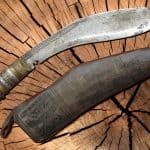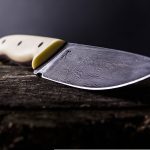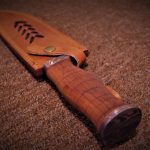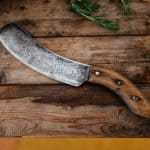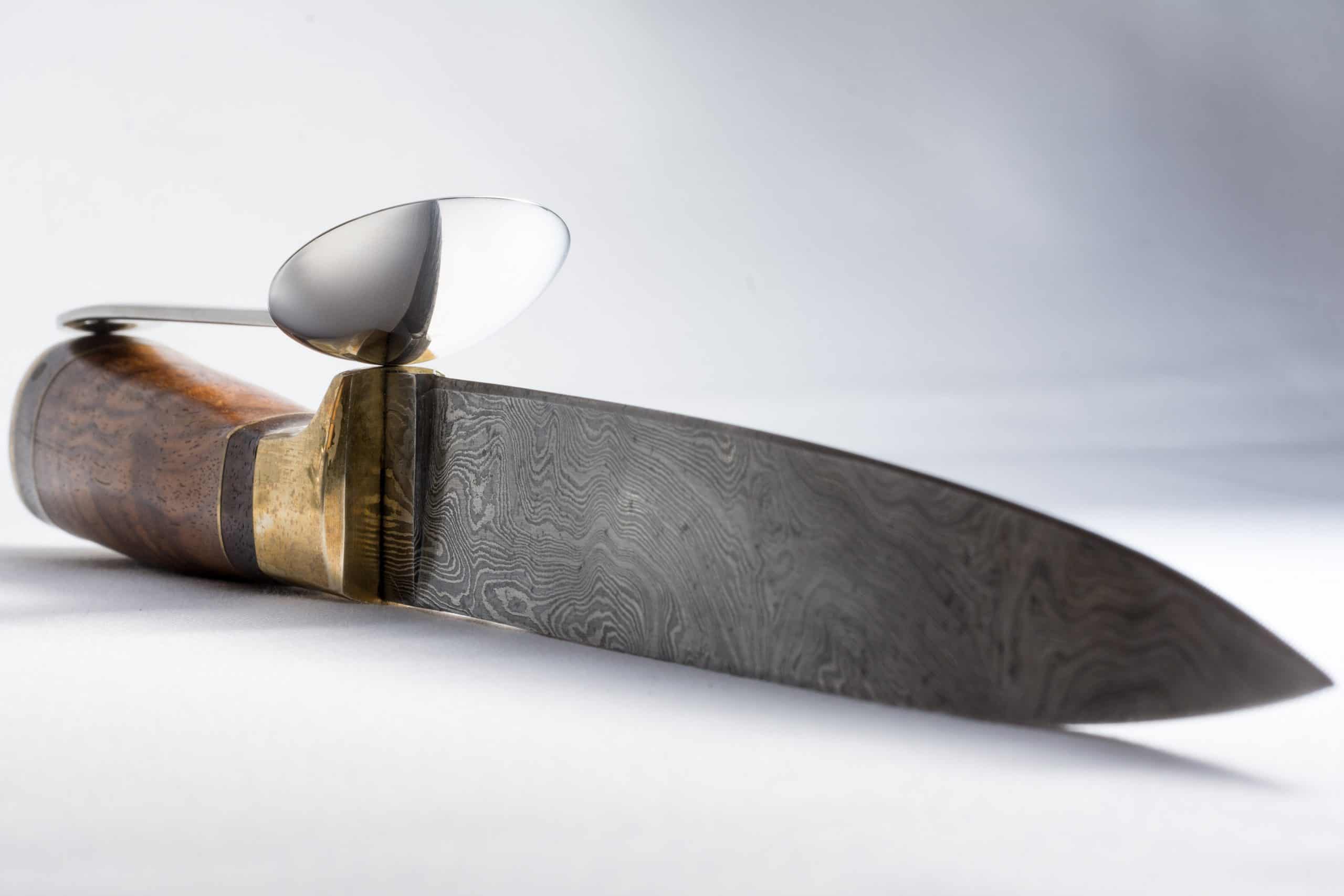
Introduction
Bench grinder sharpening is a process of using a bench grinder to sharpen various tools, such as chisels, blades, cutters and drills. Bench grinders are typically made of cast iron or steel and powered by either an electric motor or compressed air. These tools generally have two grinding wheels in different sizes, mounted on opposite sides of the grinder. The larger wheel is used to remove material while the smaller one is used primarily for smoothing and polishing the edges. Depending on the type of tool you are sharpening and the finish desired, it is essential to use the right grinding wheel and technique. Sharpening with a bench grinder requires patience and practice to perfect; however, with enough knowledge and experience your results will quickly improve.
Reasons Why Bench Grinder Sharpening is the Best Choice
Sharpening tools with a bench grinder is one of the best methods for tool sharpening and can help you achieve excellent results. This form of sharpening is fast, easy to use, and versatile, making it a great choice for any workshop owner. By using a bench grinder, you can sharpen most types of blades including knives, scissors, chisels and plane irons. It’s also good for honing and polishing hard steel in order to create mirror-like finishes. Compared to hand-sharpening with a stone or sand paper, the bench grinder makes life much easier as it takes less time, effort and guesswork – plus it offers far better results. The grinding wheel also allows for more control over the cutting angle and pressure applied during sharpening which ensures that your tools will get that perfect edge every time. Another benefit of using a bench grinder over hand-sharpening methods is its ability to create sharp and straight edges which helps reduce the amount of blade tear out when working with harder woods such as oak.
What Do You Need for Sharpening with a Bench Grinder?
When sharpening tools with a bench grinder, you will need to gather the necessary materials and tools first. A good quality bench grinder is essential to successful tool sharpening. Additionally, you’ll want to make sure that you have safety glasses or goggles, a face shield, and sturdy work gloves before you get started. You will also need an appropriate range of grinding stones and other abrasives such as diamond wheel sharpening stones for tougher metals like stainless steel. Flat dressing blocks may also be necessary for keeping the grinding wheel properly dressed for optimal results. When working with high-carbon steel tools, it is important to use cooler running materials such as aluminum oxide or silicon carbide on your wheel’s surface so as not to overheat the metal. Note that if using a wet grinder with water as a coolant, ensure that your wheel runs fast enough to prevent any injury from splashing liquid. Finally, you should always have several spaces available around the grinding wheel for easy access when changing out grits and shapes of your abrasive wheels, allowing the performance of your grinder to remain top notch throughout this entire process.
Why the Right Grinding Wheel Matters for Sharpening
The right grinding wheel can make a big difference when it comes to sharpening tools. Bench grinders are versatile pieces of equipment that use abrasive wheels to quickly and easily sharpen almost any hard metal tool. But, because bench grinders have individual wheel speeds, selecting the appropriate wheel for each tool is critical for optimal results. Abrasive wheels come in an array of hardness, grit size and composition, which must all be taken into consideration in order to get the desired outcome. Generally speaking, softer wheels are better suited for softer metals like aluminum and brass while harder materials require harder wheel compositions with a more coarse grit size. Additionally, the shape of the wheel should match the contours of the tool in order to achieve even material removal and consistent aesthetic finishes. Poorly chosen or mismatched grinding wheels not only produce subpar results, but can also damage edges or surfaces being worked on. Therefore, using a correctly selected wheel that is designed specifically for the material being sharpened is essential to successfully achieving a factory quality finish on every project.
Safety Rules for Bench Grinder Sharpening
1. Never use a bench grinder without wearing the appropriate safety gear such as goggles, gloves, and all-purpose footwear.
2. Expect sparks to fly when sharpening any kind of tool with a bench grinder. Make sure you are in a well-ventilated area and an area that is away from combustible materials.
3. Ensure the grinder is securely affixed to a table or work surface before attempting to sharpen anything.
4. Inspect the grinding wheel for any cracks, chips or inconsistent surfaces before using it – especially if it has been used previously in another operation or by another craftsman – in case there are hidden imperfections that could lead to injury caused by fragments exploding outward.
A 5. Adjust the speed appropriately depending on the material being sharpened and make sure both sides of the grindstone match each other’s speed so that there’s no imbalance as you sharpen tools on them (for example, set clockwise rotation for one side and counterclockwise for the other).
6. Check both your workpiece (the item being sharpened) and the grinding area regularly for signs of damage or excess heat which could cause injury upon contact with skin; use water on a cloth to cool the workpiece if necessary or lower your speed when working on tougher materials like axe heads or saw blades which require more force manipulation than lighter items (like knives).
7. Keep your hands well away from moving parts and never attempt to sharpen tools while they are still plugged in or energized. During inspection of parts also remember to pay careful attention to areas prone to wear such as bearings, shafts and gear teeth so as not to cause immediate damage during service operations like grinding off corrosion build up etcetera.
How to Sharpen Tools with a Bench Grinder – Step-by-Step Guide
1. Secure the Tool: Secure the tool in a bench vise and make sure the vise is securely fastened to your workbench.
2. Adjust the Grinding Angle: Adjust the angle of the grinder using an adjustable wrench or pliers to be able to sharpen it at a specific angle for sharpening purposes.
3. Begin Sharpening: After adjusting the angle start guiding your tool over the grinding wheel without putting pressure on it as you are running it over from side to side until you have both sides completely covered.
4. Move Along Surface: Continue moving your tool along its surface by ensuring that each round is slightly overlapping with the other, making sure that all parts of the blade come in contact with your grinding stone in order to ensure even sharpening first before changing angles.
5. Change Your Angle: Change up your angle depending on what grinding style you desire, usually starting with either a 25° slope or a 15° slope depending on whichever works best for you and continuing until desired outcome is reached.
6. Polish With Finer Wheel & Honing Oil: Switch out wheels and use one finer than what was used prior then add honing oil to help reduce friction and heat, but do not push too hard since this can cause damage and distort both edge of your tools shape and tempering properties such as heat treating.
7. Clean Up & Inspect Work: Clean up everything you’ve worked on earlier before inspecting your newly sharpened item, ensuring that everything looks equal before calling it done; making any adjustments needed if necessary from here on out!
Common Mistakes to Avoid When Sharpening Tools with a Bench Grinder
Most tools need regular maintenance and sharpening to ensure their longevity and performance. A bench grinder is a great tool for sharpening many types of tools, from kitchen knives to garden shears. However, there are a few things you should be careful about when you’re using a bench grinder for the first time.
1. Overheating: One common mistake people make when using a bench grinder is allowing it to overheat the blade or grind too fast and eventually damage the blade or its tempering. To avoid this, you should use only light pressure on the part of the tool being sharpened, as this will draw less heat out of it.
2. Not viewing both sides uniformly: Using a bench grinder is all about balance, but sometimes it can be hard to tell if both sides of the blade are receiving an equal amount of pressure during grinding. You should always try to view both sides while sharpening and move back and forth between them in order to make sure each side receives an equal amount of attention.
3. Pushing too hard: It may seem counterintuitive but pushing too hard against your blades will actually cause more wear and tear instead of achieving sharper blades. So when tushion against your blade be sure not too push beyond the necessary force needed for sharpening the tool effectively
4. Not wearing protective gear- Finally when you’re working with a bench grinder in your hands (or near you), it’s important that you wear safety equipment like gloves and goggles in order to protect yourself from possible injuries from sparks, flying fragments can cause injury or even blindness so always practice caution while working with them even if they appear harmless
Caring for Your Bench Grinder to Keep It in Good Working Condition
Sharpening tools with a bench grinder can be an efficient way of lengthening the life of your blades and other metal components. However, it is important to look after the machine itself as well. This is where regular maintenance comes into play. It is essential to check over the entire machine regularly and make any necessary repairs or adjustments. Keeping up with regular oiling of the moving parts, such as the wheel bearings, shafts and gears, will help ensure that all parts are running smoothly. It is also important to inspect for any signs of wear-and-tear or cracks in metal pieces that could cause an accident when using the machine. Care should be taken when cleaning metal pieces from inside and outside surfaces of the grinder in order to avoid damaging delicate components. Additionally, ensuring that all protective guards such as those on wheels are secure before operating will help to prevent serious accidents. Finally, checking for proper tension on belts and pulleys as part of standard practice may prevent overheating that can lead to major problems during use later down the line; making regular tightening a smart preventative measure for long term tool care when using a bench grinder.
Conclusion
Sharpening tools with a bench grinder is a straightforward process that should be part of your regular maintenance routine. Having sharp tools makes it easier to get the job done faster and with greater precision. With the right tools and knowledgeable technique, you can turn blunt items into razor-sharp works of craftsmanship that are sure to last. Not only does using a bench grinder save time and money, but it also allows you to perform professional-quality sharpening jobs in the comfort of your own workshop or garage.








